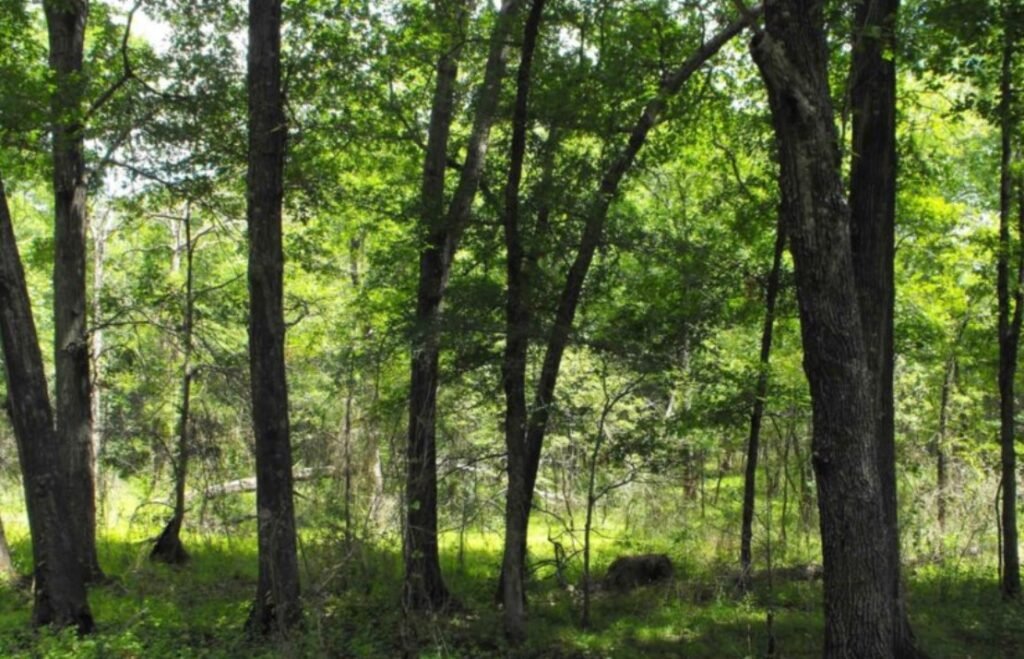The U.S. government has announced a new initiative to conserve and restore the nation’s old-growth and mature forests, which are vital for biodiversity, carbon storage and climate resilience. The plan aims to address the increasing challenges posed by wildfires, pests, drought and other impacts of climate change on these ancient woodlands.
Old-growth forests are forests that have developed for a long time without significant disturbance from human activities, such as logging, mining or agriculture. They typically contain large, old trees, as well as a rich diversity of plants, animals, fungi and microorganisms. They also have complex structures, such as multiple layers of vegetation, dead wood, canopy gaps and soil organic matter.

Old-growth forests provide many benefits for the environment and society, such as:
- Biodiversity conservation: Old-growth forests are home to many rare and endangered species, some of which are found nowhere else. For example, the Pacific Northwest old-growth forests in the U.S. host the northern spotted owl, the marbled murrelet and the fisher, among others.
- Carbon storage: Old-growth forests store more carbon than younger forests, both above and below ground. They can help mitigate climate change by reducing greenhouse gas emissions and enhancing carbon sequestration. A study of six national forests in Oregon showed that the biggest 3 percent of trees accounted for 42 percent of forest carbon.
- Climate resilience: Old-growth forests can help buffer the effects of climate change by moderating temperature extremes, maintaining water quality and quantity, and reducing soil erosion and flooding. They can also provide refugia for species that need stable climatic conditions to survive.
What are the threats facing old-growth forests?
Despite their ecological and social value, old-growth forests are under increasing pressure from multiple threats, such as:
- Logging: Old-growth forests are often targeted for timber extraction, as they contain valuable wood products. Logging can reduce forest area, fragment habitat, degrade forest structure and function, and increase the risk of fire and invasion by exotic species.
- Climate change: Old-growth forests are vulnerable to the direct and indirect effects of climate change, such as higher temperatures, drought, storms, fire, insects and disease. Climate change can alter forest composition, productivity, regeneration and mortality, and reduce forest resilience and adaptability.
What is the new plan to protect old-growth forests?
The Biden administration has identified more than 175,000 square miles (453,000 square kilometers) of old-growth and mature forests on U.S. government land and plans to craft a new rule to better protect the nation’s woodlands from fires, insects and other side effects of climate change, officials said Thursday.
The plan involves the following steps:
- Inventory: The U.S. Forest Service, the Bureau of Land Management and the National Park Service will conduct a comprehensive inventory of old-growth and mature forests on federal lands within a year. The inventory will provide baseline data on the location, extent, condition and value of these forests.
- Policy: The U.S. Department of Agriculture will develop a new policy to conserve and restore old-growth and mature forests on federal lands. The policy will include criteria for identifying and prioritizing areas for protection and management, as well as guidelines for monitoring and reporting progress.
- Collaboration: The U.S. government will work with state, tribal and local governments, as well as private landowners, conservation groups, industry and other stakeholders, to coordinate and align efforts to protect old-growth and mature forests across the landscape. The government will also seek to leverage funding and partnerships to support forest conservation and restoration.
What are the expected outcomes and challenges of the plan?
The plan is expected to have positive outcomes for the environment and society, such as:
- Biodiversity protection: The plan will help safeguard the habitat and survival of many species that depend on old-growth and mature forests, and enhance the connectivity and functionality of forest ecosystems.
- Carbon sequestration: The plan will help maintain and increase the carbon storage capacity of old-growth and mature forests, and reduce greenhouse gas emissions from forest degradation and loss.
- Climate adaptation: The plan will help enhance the resilience and adaptability of old-growth and mature forests to climate change, and provide ecosystem services that support human well-being and livelihoods.
However, the plan also faces some challenges and uncertainties, such as:
- Data gaps: The inventory of old-growth and mature forests may be incomplete or inaccurate, due to the lack of consistent definitions, methods and standards for identifying and mapping these forests. The inventory may also miss some important forest attributes, such as biodiversity, carbon and climate values.
- Implementation barriers: The policy for conserving and restoring old-growth and mature forests may encounter resistance or opposition from some forest owners, managers, users and stakeholders, who may have different interests, values and perspectives on forest management. The policy may also face legal, financial, technical and institutional constraints that limit its effectiveness and efficiency.
- Monitoring challenges: The monitoring and reporting of the progress and impacts of the plan may be difficult or costly, due to the complexity and variability of forest ecosystems, the uncertainty and variability of climate change, and the lack of adequate indicators, data and tools.
